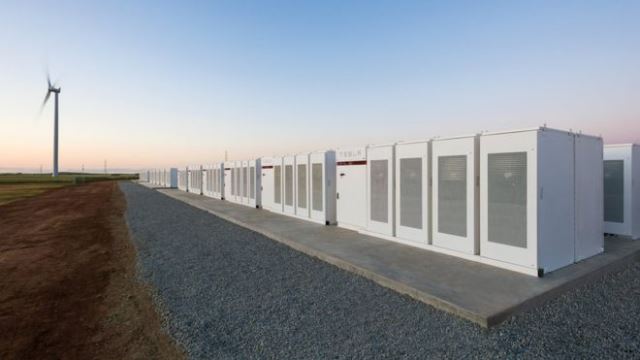Volkswagen unit Electrify America will install Tesla battery storage packs at 100 plus charging stations in the United States to keep costs down for drivers charging electric vehicles.
Electricity users can incur high-demand charges from many U.S. utilities when they draw a lot of energy from the grid in a short time, which can happen charging an electric vehicle or a number of them at once at a single station, Reuters reported.
“If you pass the demand charge onto the customer in a high-demand charge market it can cost anywhere from $70 to $110 to charge a vehicle, Electrify America’s chief operating officer Brendan Jones said.
Tesla Powerpack battery systems draw power from the grid during off-peak hours and store it for use during peak hours to avoid or reduce demand charges. Electrify America will install most of its battery packs in areas of the United States where there is a higher concentration of electric vehicle owners, particularly on the West Coast and the Northeast.
Tesla CEO Elon Musk during a conference call with analysts this week said stationary storage is a growth opportunity for the automaker.
VW has agreed to spend $2 billion nationwide on clean car infrastructure as part of an agreement with federal regulators after admitting to diesel emissions cheating.
Lack of EV recharging infrastructure is a major barrier to mass adoption as consumers remain concerned over their limited range.
Electrify America will have 484 charging stations built across America by this June. The company is discussing using more battery storage packs with regulators for its next round of infrastructure investment, company CTO Jones said.
He said that apart from keeping charges down for consumers, Electrify America will examine the possibility of selling stored energy to lower charging stations’ costs.
Automakers are planning a $300 billion surge in spending on electric vehicle technology over the next five to 10 years, with nearly half of the money targeted at China, accelerating the industry’s transition from fossil fuels and shifting power to Asian battery and electric vehicle technology suppliers.

